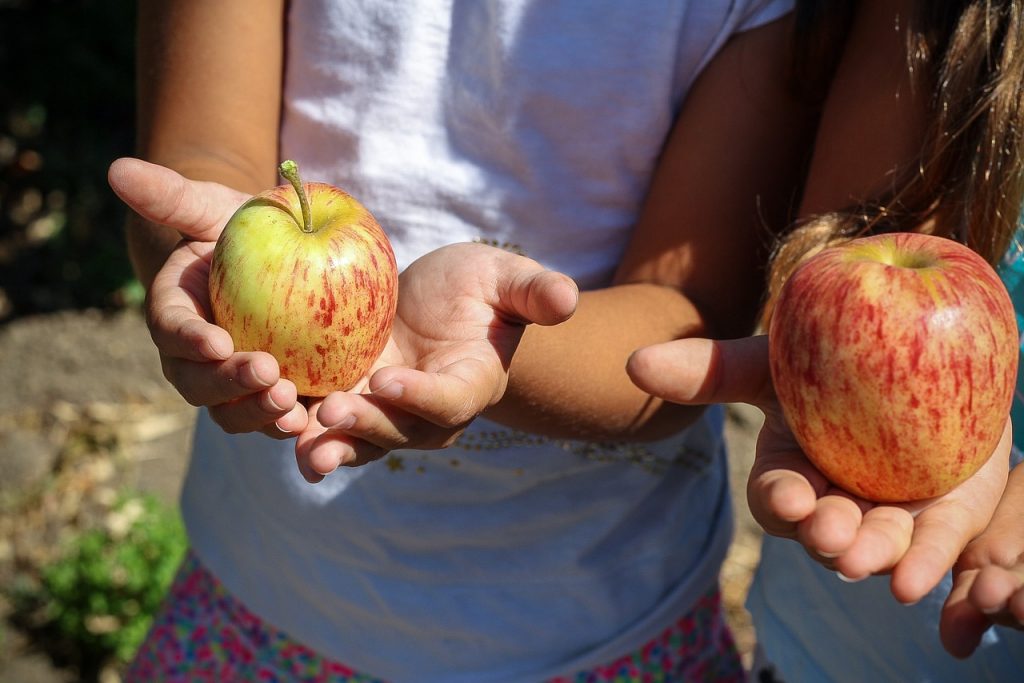
Throughout the COVID-19 pandemic, local government, health, education and other public services have sought to make sure that vulnerable children are protected. As we look ahead, these children and their families remain central to our public health plans and ambitions.
There are some specific ways in which the pandemic may affect childhood vulnerability but, more generally, the underlying wider community and social conditions which existed before COVID-19 are likely to remain or even worsen. Tackling these vulnerabilities is the focus of the work we publish today.
Understanding and quantifying vulnerability
The Office for the Children’s Commissioner has estimated that around 2.3 million children are growing up with a vulnerable background in England. It is, however, difficult to be exact because many children and young people will have more than one factor which places them at greater risk of poorer outcomes so, for example, a child whose parents have separated may also live in poor housing.
The COVID-19 pandemic raises specific considerations for childhood vulnerability. While the symptoms from the virus are generally mild and death very rare among children, there is a group who may be more clinically vulnerable because of underlying health conditions or the effect the pandemic has had on access to health services and social care. Some children and families may also be more vulnerable where there is a statutory entitlement for care and support. Other children may not be known to services but have felt the economic and social effects of the pandemic within their family. The impact on their education, time with family and to their emotional health and wellbeing also needs recognising.
No child left behind - understanding and quantifying vulnerability explores these complexities and looks at the evidence of increased risk, impact and protective factors. At a local level, new narrative reports on improving health outcomes for vulnerable children and young people present data for each upper tier local authority to support commissioning and prioritisation of services.
A public health informed approach
Often when we talk about vulnerable children, our immediate thoughts turn to the harm caused by abuse or neglect. But many other factors from child development, education, housing and poverty, to substance use and crime may also mean that children are less likely to be happy, safe and healthy.
It is important to reflect on the importance of protective factors. The presence of protective factors does not mean that children are unaffected but that they can cope more effectively with the stresses they encounter; children become more resilient. Whether it’s supportive family and friends, youth groups, or access to good food and support when they need it most, housing and green space, such protective factors help to counteract the potential of other circumstances to undermine children’s life chances.
Adopting a public health informed approach across organisations considers these underlying risk and protective factors at an individual, family and community level. The approach looks at the causes of inequality and can inform local recovery planning to address the impact of COVID-19.
Taking this more holistic approach at a population level avoids the potential pitfalls of focusing on singular approaches which may only address part of the problem. No child left behind - a public health informed approach to improving outcomes for vulnerable children sets out how inequalities can be reduced by adopting public health principles: prevent vulnerability, intervene early when problems arise and create an environment throughout the life course where negative effects are lessened. It signposts resources which can inform local planning, offering a structure for work to prevent and tackle vulnerability across the system.
Benefits throughout the life course
Focusing our attention on vulnerability in childhood not only brings immediate benefits for children’s health and outlook but can also reduce inequalities throughout life. Only by considering the complexity of risk and protective factors together can we design services and systems which give every child the best start in life, in this generation and those to come.
